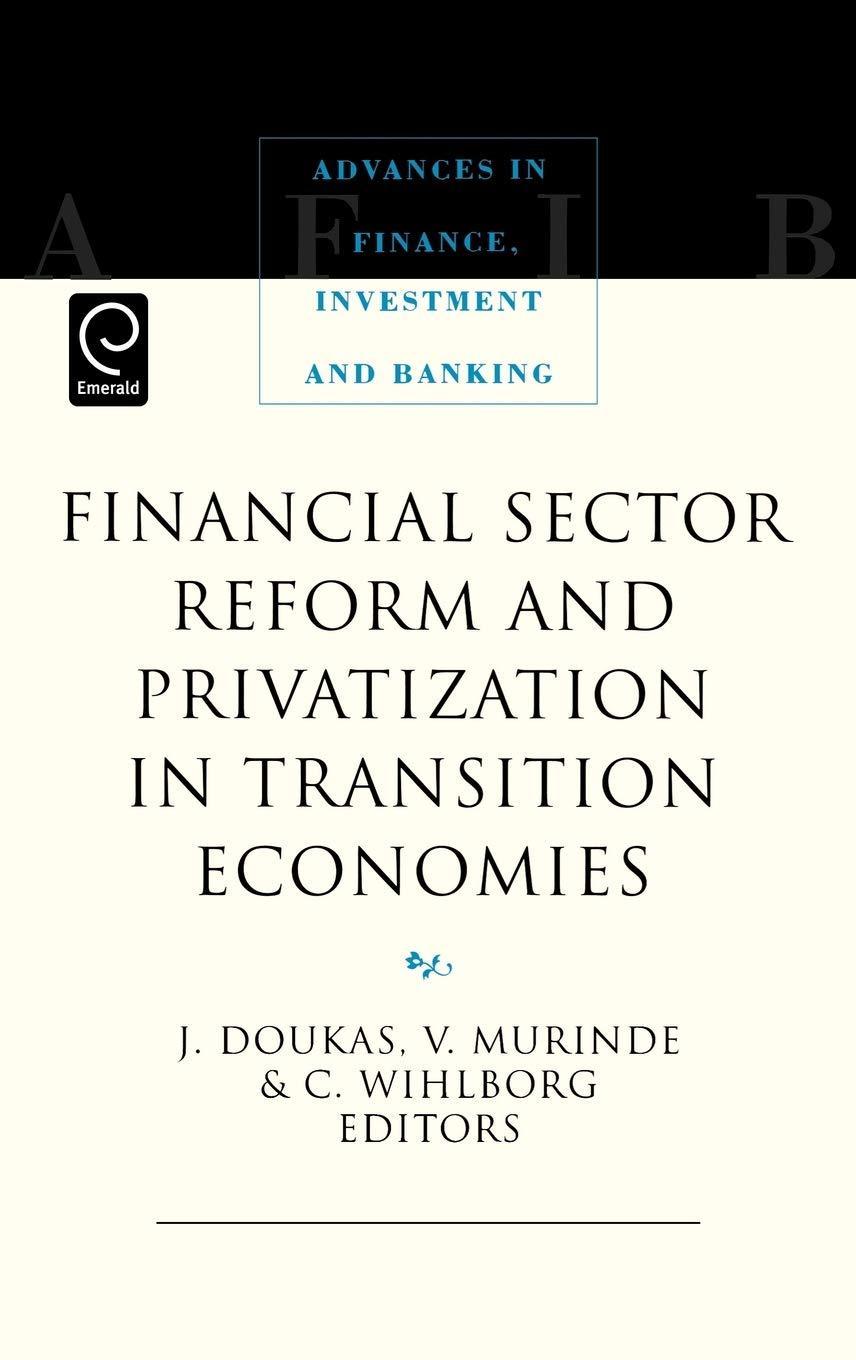Question
Solve the problems described below The monthly billable hour data is the same yearly: 2010 April- 50 hrs, May-100 hrs, Jun-200 hrs, Jul- 200 hrs,
Solve the problems described below The monthly billable hour data is the same yearly:
2010 April- 50 hrs, May-100 hrs, Jun-200 hrs, Jul- 200 hrs, Aug- 200 hrs, Sept-200 hrs, Oct.-150 hrs, Nov-100 hrs
2011 April- 50 hrs, May-100 hrs, Jun-200 hrs, Jul- 200 hrs, Aug- 200 hrs, Sept-200 hrs, Oct.-150 hrs, Nov-100 hrs
2012 April- 50 hrs, May-100 hrs, Jun-200 hrs, Jul- 200 hrs, Aug- 200 hrs, Sept-200 hrs, Oct.-150 hrs, Nov-100 hrs
Set March 2010 as month zero. Ignore taxes. Your company has decided to purchase a new track hoe and has narrowed the selection to two competitors. Track Hoe #1 costs $100,000 and has an hourly operating cost of $31.00 and a salvage value of $35,000 at the end of three operating seasons (November not December). The Track Hoe #2 costs $65,000 and has an hourly operating cost of $36.00 and no salvage value after 3 operating seasons. A track hoe operator costs $29.00 per hour of operation and works on other tasks when the track hoe is not in use. With either track hoe, revenue will be $95.00 per billable hour. The company plans to use the new track hoe for 1,200 billable hours per year. The track hoe normally is only used for 8 months each year (April through November), and the image specifies the expected distribution of billable hours over those 8 months. The company assumes that is can dispose of Track Hoe #1 for the salvage value at the end of the last month in the last construction season. The company expects no inflation. Dollar values should be constant over the next 3 years. Because the track hoe will not be needed until April 2010, they plan to close the purchase March 31, 2010 and to take delivery the next business day. The cost of capital is 7.5%. The Board of Directors demands a 5% profit margin. The company needs: Net Present Value, Future Worth, Rate of Return or Internal Rate of Return, Payback without interest, and Payback with interest.
Step by Step Solution
There are 3 Steps involved in it
Step: 1

Get Instant Access to Expert-Tailored Solutions
See step-by-step solutions with expert insights and AI powered tools for academic success
Step: 2

Step: 3

Ace Your Homework with AI
Get the answers you need in no time with our AI-driven, step-by-step assistance
Get Started


